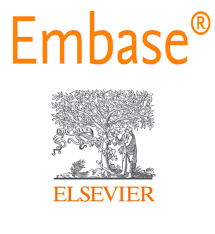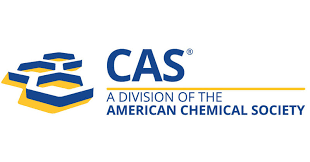Gender Disparities in Triglyceride/HDL Ratio and Major Adverse Cardiovascular Events: A Cross-Sectional Study from A Tertiary Care Hospital in South India
Keywords:
Triglyceride/HDL ratio, Major adverse cardiovascular events, Gender differences, Dyslipidemia, Cardiovascular risk, Lipid metabolism.Abstract
Background and Aims: Dyslipidemia, particularly elevated triglyceride (TGL) levels and an increased triglyceride-to-high-density lipoprotein (TGL/HDL) ratio, is a well-established risk factor for major adverse cardiovascular events (MACE). However, gender-specific variations in this association remain inadequately explored. This study aimed to evaluate the relationship between TGL, TGL/HDL ratio, and MACE in men and women, highlighting potential sex-based differences in cardiovascular risk.
Materials and Methods: A cross-sectional study was conducted at Government Stanley Medical College and Hospital, Chennai, from May 2019 to December 2019. A total of 166 patients (83 men and 83 women) with MACE were enrolled. Clinical parameters including fasting blood sugar, lipid profile, and renal function tests were assessed. Statistical analysis was performed using SPSS version 24, with comparisons conducted via the Student’s t-test or Mann-Whitney U test, and logistic regression models used for association analysis.
Results: Women had significantly higher BMI (29.1 ± 4.8 kg/m² vs. 26.1 ± 4.3 kg/m², p = 0.001) and TGL/HDL ratio (4.9 ± 1.9 vs. 4.1 ± 1.7, p = 0.021) compared to men. Elevated TGL levels (>150 mg/dL) were significantly associated with MACE in women (OR: 2.15, 95% CI: 1.42–3.26, p = 0.001) but not in men (OR: 1.32, 95% CI: 0.89–1.97, p = 0.174). A TGL/HDL ratio >2 was strongly associated with MACE in women (OR: 2.72, 95% CI: 1.85–3.99, p < 0.001).
Conclusion: This study highlights a significant gender disparity in the association between lipid parameters and MACE, with women exhibiting a stronger link between elevated TGL/HDL ratios and adverse cardiovascular events.
.png)









